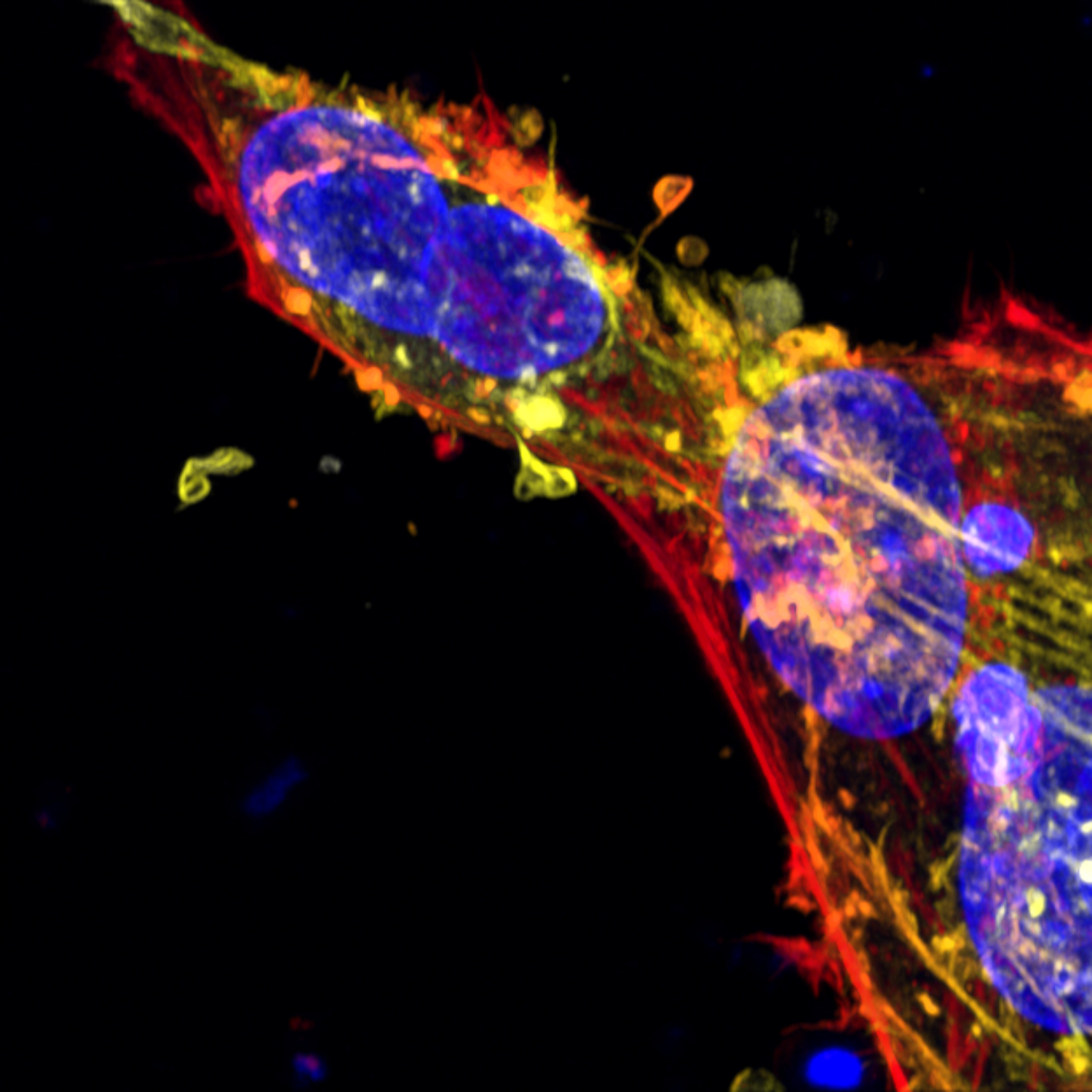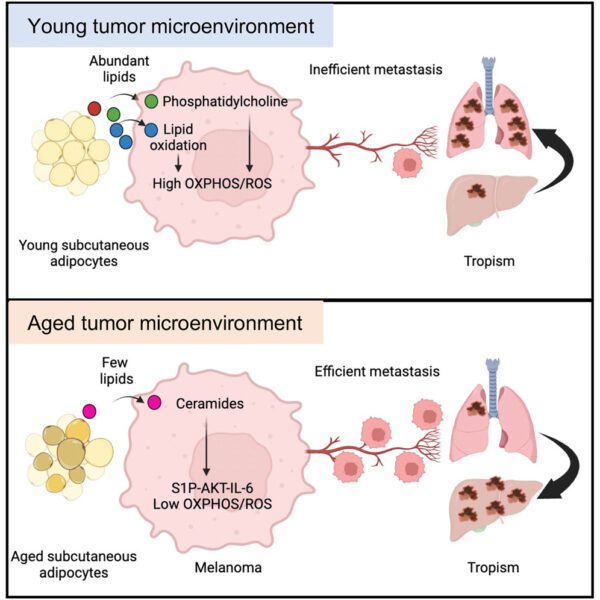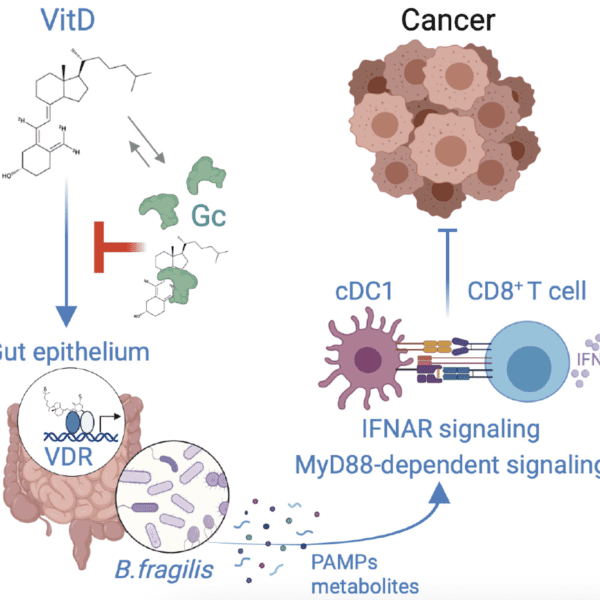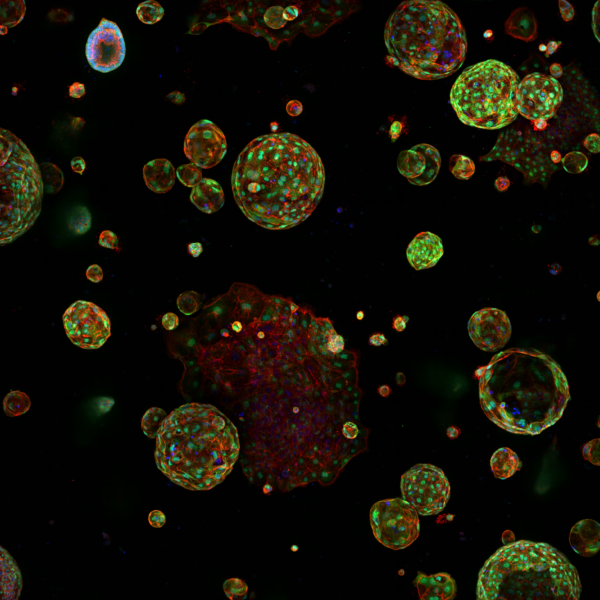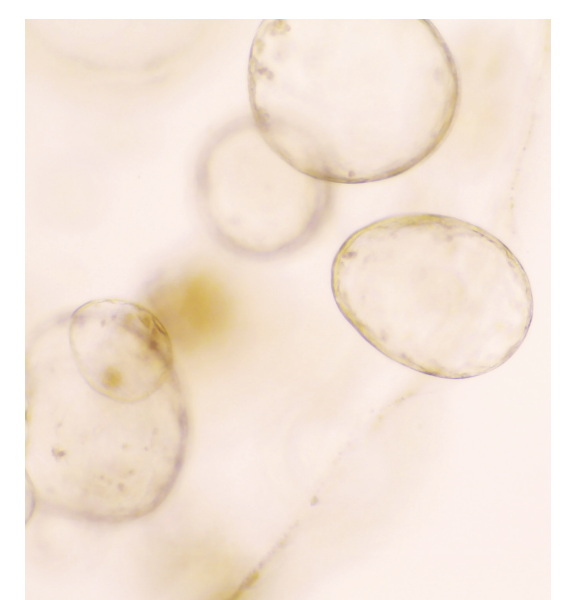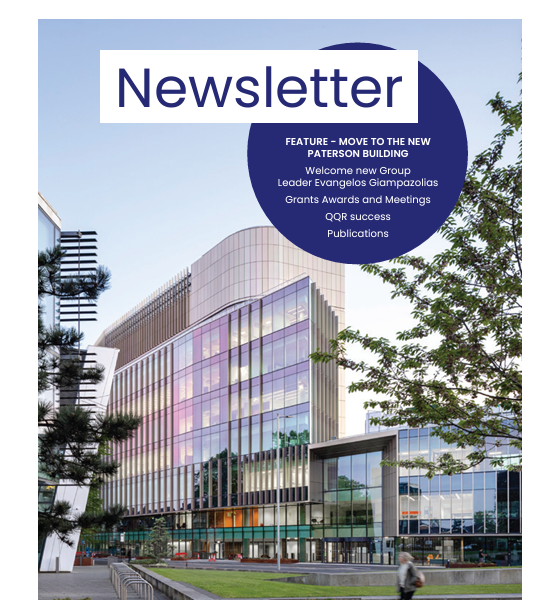Overview
SCLC standard-of-care consists of multiple cycles of a platinum/etoposide double chemotherapy. In >65% patients this elicits a substantial initial response with tumour(s) shrinkage. Up to 35% patients are inherently chemorefractory. SCLC is considered an ‘immune cold’ tumour with a relatively low level of infiltrating T cells and whilst immune checkpoint inhibition was recently introduced, it benefits only ~15% of unselectable patients. Chemotherapy responses are usually short-lived with post-treatment disease relapse within 3-18 months. Further chemotherapy rechallenge is administered only if patients are fit enough to withstand it.
Understanding the molecular basis of this almost universal chemotherapy response/relapse trajectory is the focus of this project underpinned by our biobank of >65 CDX. The majority of CDX recapitulate the inter- and intra-tumour heterogeneity found in clinical SCLC, retain features of the donor’s tumour and reflect their initial chemosensitivity or intrinsic chemoresistance. We have also generated 3 models of acquired resistance from chemosensitive, baseline CDX through repeat re-challenge with cisplatin/etoposide in vivo. CDX cells can be used short term ex vivo cultures that can be genetically manipulated for function testing, for drug screening and for cell-based assays and we have developed chemoresistant temporary cell lines. Finally, to complement our models for mechanistic interrogation, we have generated (and continue to generate) paired models from longitudinal blood samples from the same patient harvested at chemo-naïve baseline and again at disease progression post chemotherapy and examined their relative chemosensitivity. Two such pairs exhibit acquired chemoresistance.
One proposed mechanism for acquiring chemoresistance is via selection during therapy of a pre-existing minor population of inherently resistant subclones. A second mechanism that may indirectly contribute to acquisition of chemoresitance involves the NE to NonNE plasticity, although resistant tumour remain predominantly NE. NonNE cells exhibit increased resistance to platinum/etoposide compared to NE counterparts ex vivo and support the growth and metastasis of NE cells. Most of our NE CDX harbour a minority NonNE subpopulation and several undergo this NE to NonNE transition ex vivo. The contribution of this tumour plasticity to acquired chemoresistance is understudied in vivo. These two hypotheses, selection of pre-existing, low frequency chemoresistant clones and an indirect impact of tumour plasticity are not mutually exclusive. This project is founded on the incorporation of single cell (sc)RNAseq to characterise clonal heterogeneity and pinpoint transcriptional changes that occur during acquisition of chemoresistance to understand underpinning mechanisms and identify potential therapeutic strategies.
